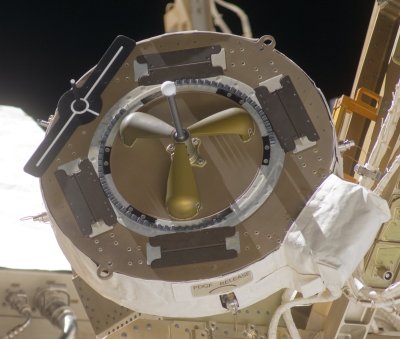Recently Canada’s Canadarm2 caught its 50th spacecraft in the form of a Northrop Grumman Cygnus cargo vessel since 2009. Although perhaps not the most prominent part of the International Space Station (ISS), the Canadarm2 performs a range of very essential functions on the outside of the ISS, such as moving equipment around and supporting astronauts during EVAs.

Officially called the Space Station Remote Manipulator System (SSRMS), it is part of the three-part Mobile Servicing System (MSS) that allows for the Canadarm2 and the Dextre unit to scoot around the non-Russian part of the ISS, attach to Power Data Grapple Fixtures (PDGFs) on the ISS and manipulate anything that has a compatible Grapple Fixture on it.
Originally the MSS was not designed to catch spacecraft when it was installed in 2001 by Space Shuttle Endeavour during STS-100, but with the US moving away from the Space Shuttle to a range of unmanned supply craft which aren’t all capable of autonomous docking, this became a necessity, with the Japanese HTV (with grapple fixture) becoming the first craft to be caught this way in 2009. Since the Canadarm2 was originally designed to manipulate ISS modules this wasn’t such a major shift, and the MSS is soon planned to also started building new space stations when the first Axiom Orbital Segment is launched by 2026. This would become the Axiom Station.
With the Axiom Station planned to have its own Canadarm-like system, this will likely mean that Canadarm2 and the rest of the MSS will be decommissioned with the rest of the ISS by 2031.
Top image: Canadarm2 captures Cygnus OA-5 S.S. Alan Poindexter in late 2016 (Credit: NASA)












